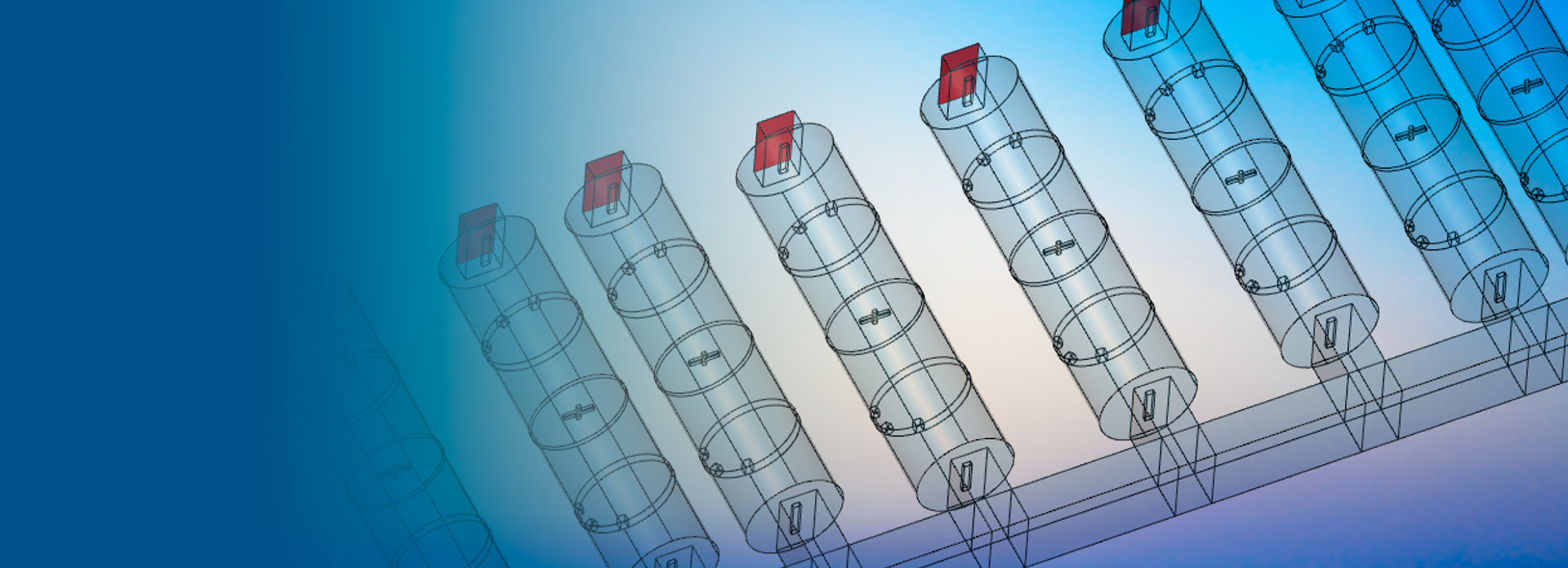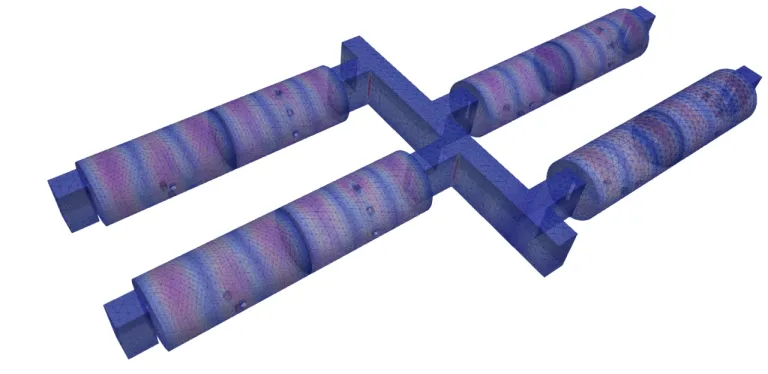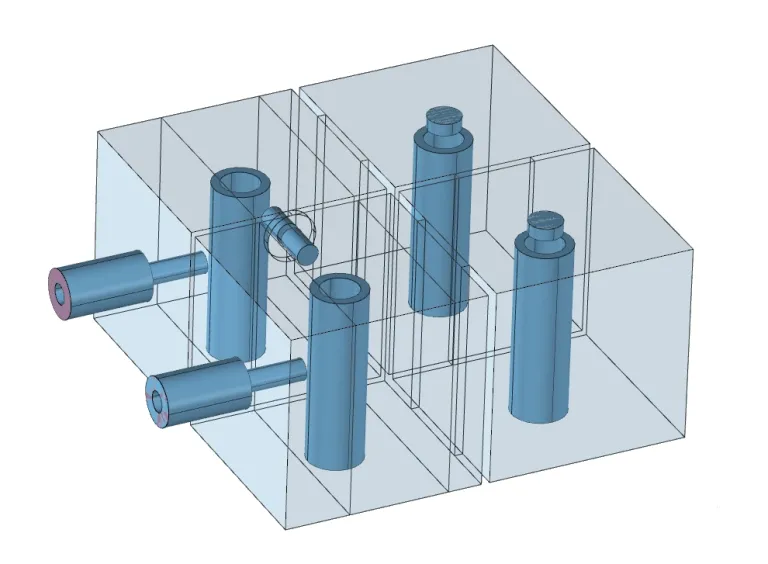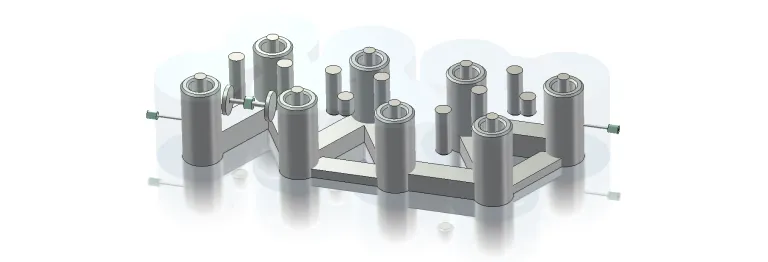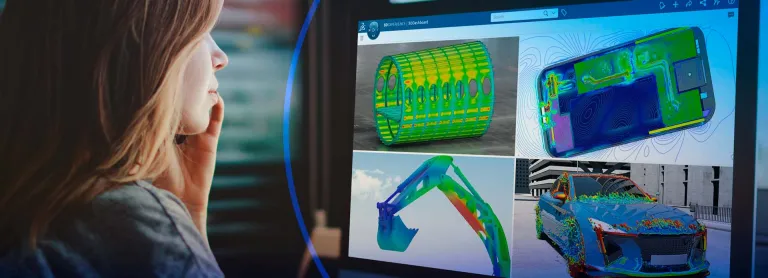Fest3D
A Software tool for Analyzing Complex Passive Microwave Components
What is Fest3D?
Fest3D is a software tool capable of analyzing complex passive microwave components based on waveguide and coaxial cavity technology. It is fast and delivers high accuracy compared to software tools based on full-segmentation techniques. This suite offers all the capabilities needed for the design of passive components such as optimization and tolerance analysis. Moreover, Fest3D advanced synthesis tools can be used to design bandpass, dual-mode, and low-pass filters from user specifications.
Fest3D is based on the electromagnetic (EM) simulation integral equation technique efficiently solved by the Method of Moments. In addition, the Boundary Integral-Resonant Mode Expansion (BI-RME) method is employed for extracting the modal chart of complex waveguides with arbitrary cross-sections. The successful combination of such methods ensures a high degree of accuracy and a reduction in the computational resources required (in terms of CPU time and memory).
Fest3D is an optional part of the EM simulation package CST Studio Suite and is also available as a stand-alone product.
Radiofrequency Filter Analysis and Design with Fest3D
- Analysis Method
- Filter Design
Analysis Method
The Fest3D analysis method uses a multimode equivalent network representation of waveguide junctions. Fest3D solves each element in the complete circuit with the best available method, ensuring both efficiency and accuracy. On this basis, Fest3D can simulate complex passive devices quickly (in the order of seconds or a few minutes). In contrast, general-purpose software (based on segmentation techniques such as finite elements or finite differences) can take hours to simulate the same structure.
Furthermore, the employed integral equation technique extracts part of the frequency-dependent computations, resulting in a short computational time per frequency point. Engineers benefit from this advantage, particularly for high accuracy requirements, which corresponds to considering many electromagnetic modes when analyzing the component.
Fest3D helps analyze components such as:
- Filters (combine filters, interdigital filters, waffle-iron filters, dual-mode filters, band-stop filters, ...)
- Multiplexers (Diplexers, OMUXs, ...)
- Feeding networks
- Couplers and Polarizers
- OMTs
Filter Design
Fest3D includes the possibility to design several types of components from user specifications automatically. Currently, the user can synthesize dual-mode filters, band-pass filters, low-pass filters and rectangular tapers.
During the synthesis stage, the user can perform full-wave simulations to consider the impact of non-propagating waveguide modes. Based on this approach, in addition to particular algorithms employed in each case, the synthesis process provides excellent responses regarding the user specifications without the need for post-optimization.
Besides the automatic design generation of specific components, Fest3D has an optimization tool for the refinement of the component’s geometric parameters to get the final required response. Fest3D includes various optimization algorithms (Simplex, Powell and Gradient). Users can directly monitor the progress of the optimization. They can stop, reconfigure and resume the optimization from the Graphical User Interface at any time.
In addition, users can perform sensitivity analysis of the final design by choosing which geometric parameter/s to modify and setting the deviation of each separately.
Start Your Journey
The world of Design & Simulation is changing. Discover how to stay a step ahead with SIMULIA.
Also Discover
Learn What SIMULIA Can Do for You
Speak with a SIMULIA expert to learn how our solutions enable seamless collaboration and sustainable innovation at organizations of every size.
Get Started
Courses and classes are available for students, academia, professionals and companies. Find the right SIMULIA training for you.
Get Help
Find information on software & hardware certification, software downloads, user documentation, support contact and services offering
